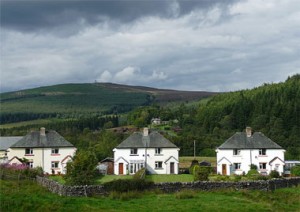
Former Forestry Commission workers houses in Kielder Village withforestry plantations in the background. Source: geograph.org.uk/Stephen Richards.
Around the world, rural landscapes have been transformed by human activity as never before. In England, one of the most striking locations of such anthropogenic changes is Kielder Forest and Water in Northumberland. Since the 1920s, this site has seen a massive tree planting effort, creating one of the largest man-made forests in Western Europe. During the 1970s a large dam and reservoir were constructed at Kielder in order to create a secure water supply for the industries at Teeside. As a result Kielder has witnessed significant and dramatic environmental changes over the course of the twentieth century, as it was transformed from a pastoral agricultural landscape, to that of a commercial forest and finally it received the addition of a large man-made lake.
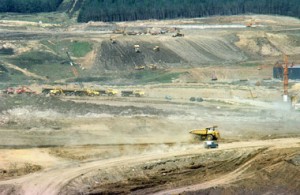
The construction of Kielder Dam
and Reservoir. Source: Wikimedia Commons.
To tease out how people have experienced and perceived the man-made environment of Kielder, the Kielder Oral History Project was conducted. On this episode of the podcast, the two researchers who carried out the Oral History project, Professor David Moon of the University of York and Dr Leona Skelton of Durham University, will discuss some of their findings.
Books and articles mentioned
Christine McCulloch, Dam Decisions and Pipe Dreams: The Political Ecology of Reservoir Schemes (Teesdale, Farndale and Kielder Water) in North East England (Saarbrücken: VDM Verlag, 2008)
R. McIntosh,’The history and multi-purpose management of Kielder Forest’, Forest Ecology and Management, 79 (November 1995) 1–2, pp 1–11.
Ruth Tittensor, From Peat Bog to Conifer Forest: An Oral History of Whitelee, its Community and Landscape (Chichester: Packard Publishing, 2009).
Relevant links
Kielder oral History project report
Kielder Village Website
Kielder Water and Forest Park website
Kielder Water Wikipedia page
Kielder Forest Wikipedia page
Music credits
“Memories of an Old Dog” by Fireproof_Babies
Available from ccMixter
“Where You Are Now” by Zapac
Available from ccMixter
Acknowledgements:
The interviews were conducted by Dr Leona Skelton at Kielder during the week 15-19 October 2012. We would like to acknowledge the support of Northumbrian Water plc, especially Andrew Moore and Tonia Reeve, the Forestry Commission, in particular Graham Gill, Julie and Steve Webb of the Kielder Village Store, Duncan Hutt of the Northumberland Wildlife Trust, and the staff of the Calvert Trust Kielder for their assistance in setting up the interviews and, especially, all those who agreed to be interviewed.
![]() The Kielder Oral History Project and the production of this podcast was funded by the AHRC Landscape & Environment Programme.
The Kielder Oral History Project and the production of this podcast was funded by the AHRC Landscape & Environment Programme.
This podcast was simultaneously published on the Histories of Environmental Change website.
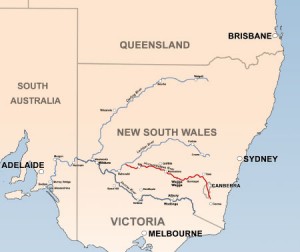
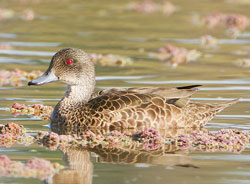
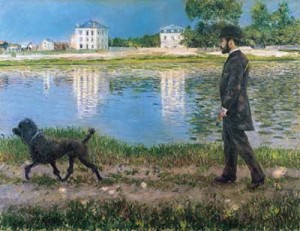
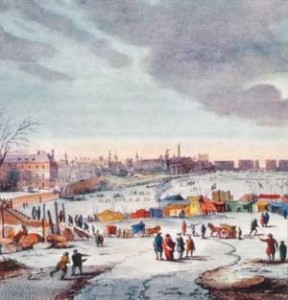
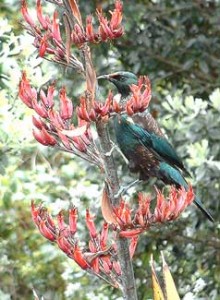

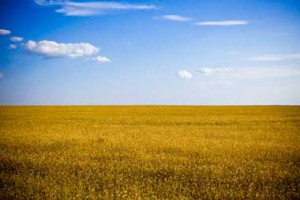
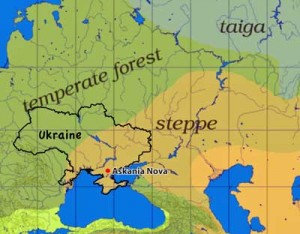

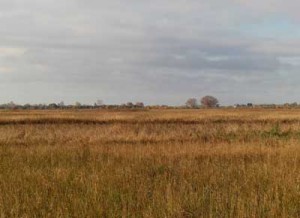
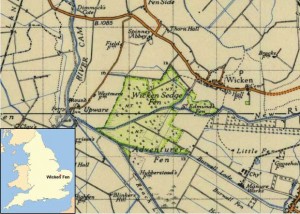
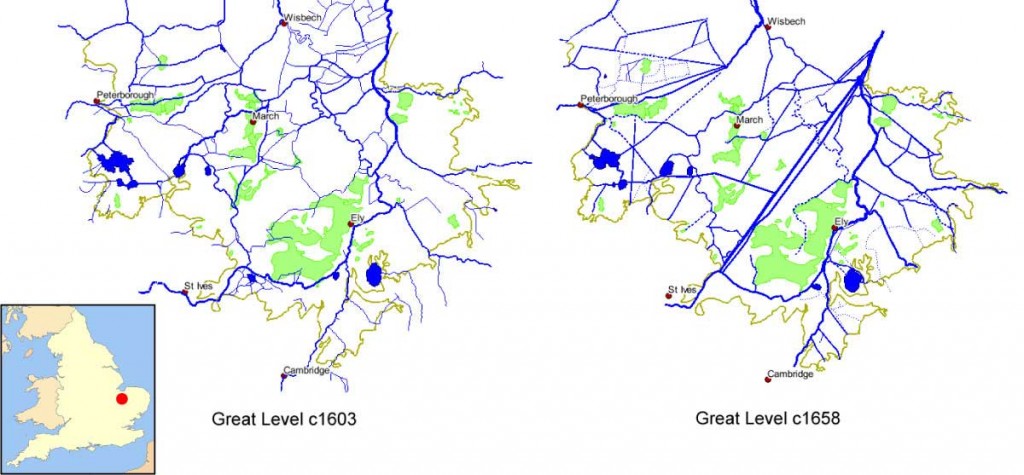
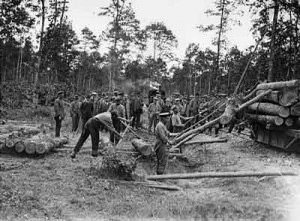
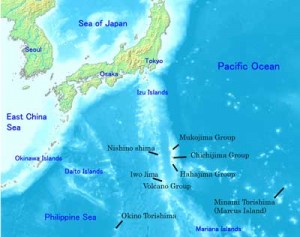
Recent Comments